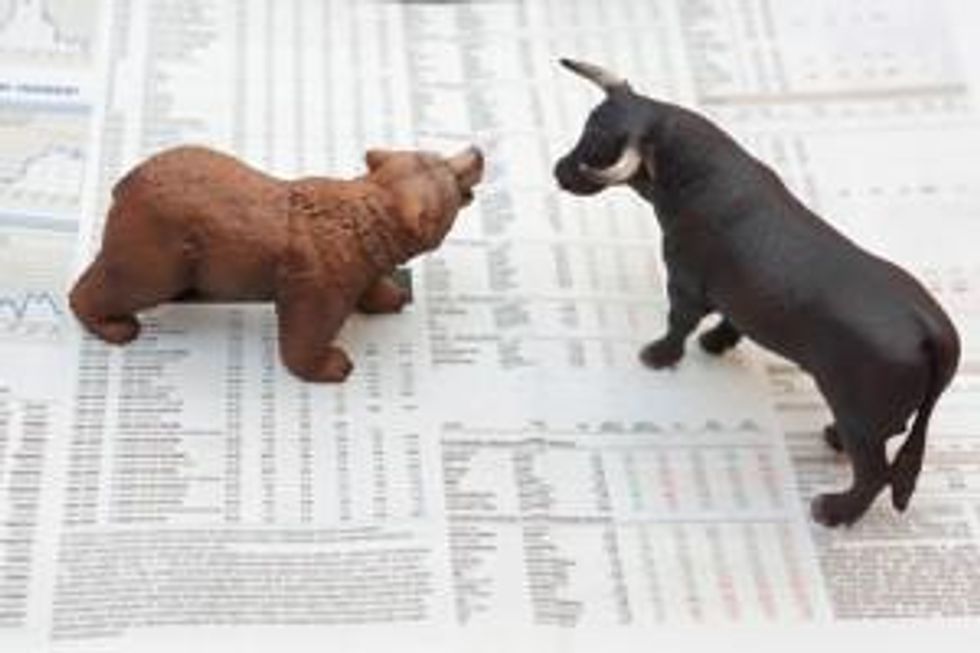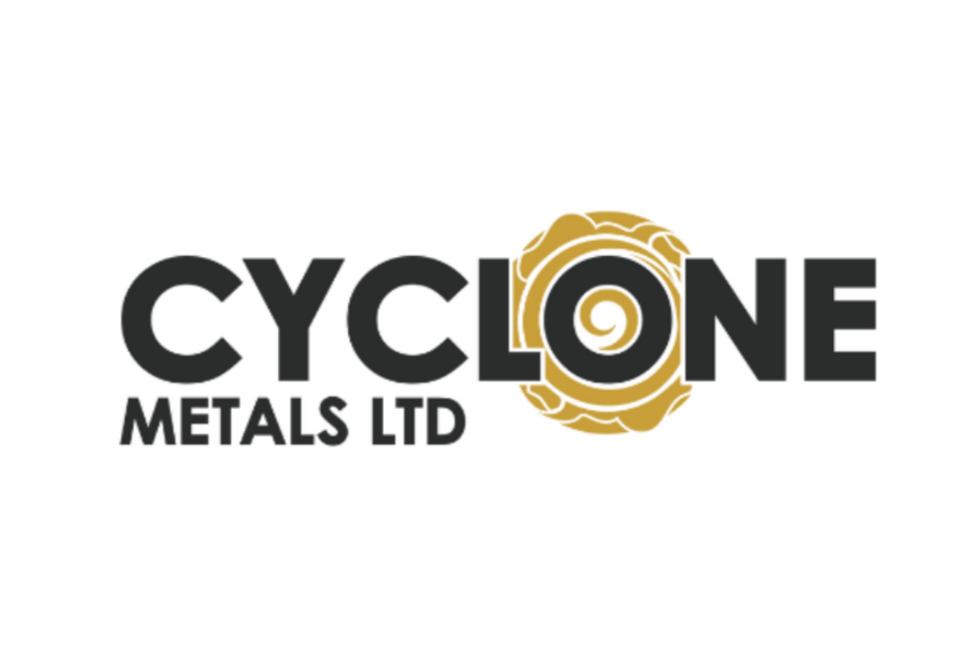While iron ore prices have seen a dramatic drop this year, hope could be on the horizon with ferroalloys. Read on for an explanation from Christopher Tuck, commodity specialist with the National Minerals Information Center, US Geological Survey.
For our 2016 iron outlook, see: Iron Price Forecast for 2016 and Onward.
Iron ore prices have careened from one disaster to the next throughout 2014, but hope for the construction material could lie in specialty steels.
Prices have dropped about 50 percent to a five-year low of $73.59 per tonne for ore shipped to China as weakening demand and a glut of output continue to take a toll on the metal.
Rio Tinto (LSE:RIO,ASX:RIO,NYSE:RIO), BHP Billiton (ASX:BHP,LSE:BLT,NYSE:BHP) and Vale (NYSE:VALE) have been in a war of production, each looking to become the lowest-cost producer of the metal. They have all curtailed investment, but increased production at their respective properties. BHP has pledged to make further cuts on top of the $1 billion it cut from its capital spending plans earlier this year.
“Vale was planning on increasing its exports by around 20 million tons in 2015,” said Christopher Tuck, commodity specialist with the National Minerals Information Center, US Geological Survey. “Major producers are still increasing production in a race to the top. However, that environment is going to, and has, cause casualties around the world. Not everyone is going to win or be happy with the casualties.”
China has traditionally been a heavy user of iron ore, but saw its imports fall by 15 percent in November as its growth forecast slipped from 7.4 percent for next year to 7 percent.
“The interesting thing is viewing China’s growth forecast as having been cut, but it’s still incredibly high in terms of steel consumption,” said Tuck. “I think what happened was iron ore producers prepared for ongoing growth. They anticipated increases for five to 10 years, and it just did not happen.”
Australia, the largest exporter of iron ore, has been impacted as miners pull out of the country or shutter projects. The lack of investor confidence has dragged the Australian dollar down.
However, as mentioned, hope for the commodity could come in the form of specialty metals and ferroalloys used in new goods. The car industry has seen increased demand — and that is forecasted to continue throughout 2015 as depressed oil prices make fueling vehicles more affordable.
While less iron ore may be required in those products, it will be more expensive and will thus limit the gap between demand for the metal and pricing.
“I think we’ll see a transition to higher-cost, lower-tonnage specialty steels and ferroalloys used for industries such as electronics, automotive, appliances and consumer goods and materials associated with a potential boom in manufacturing,” concluded Tuck.
Securities Disclosure: I, Nick Wells, hold no direct investment in any of the companies mentioned in this article.

